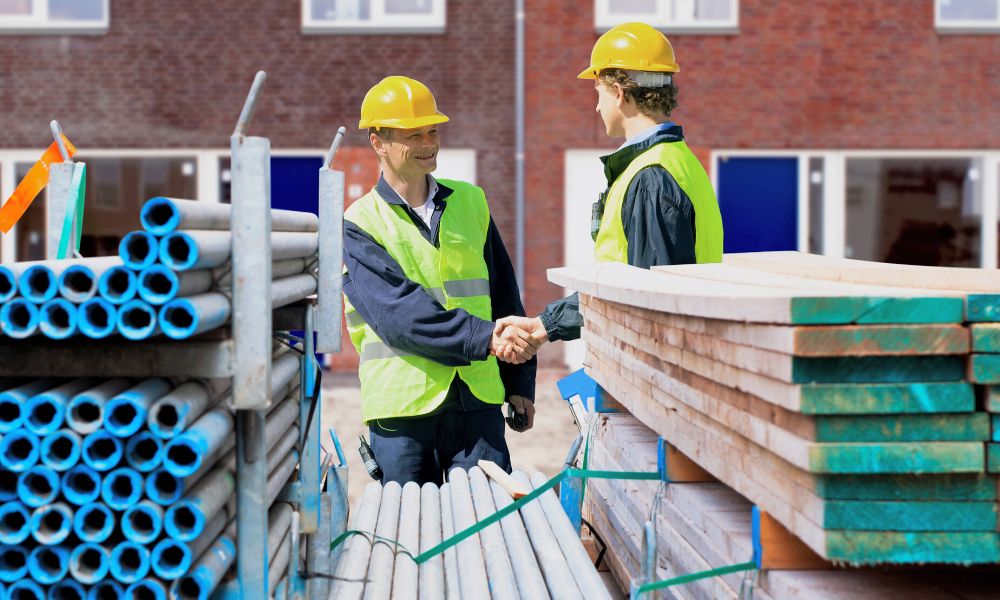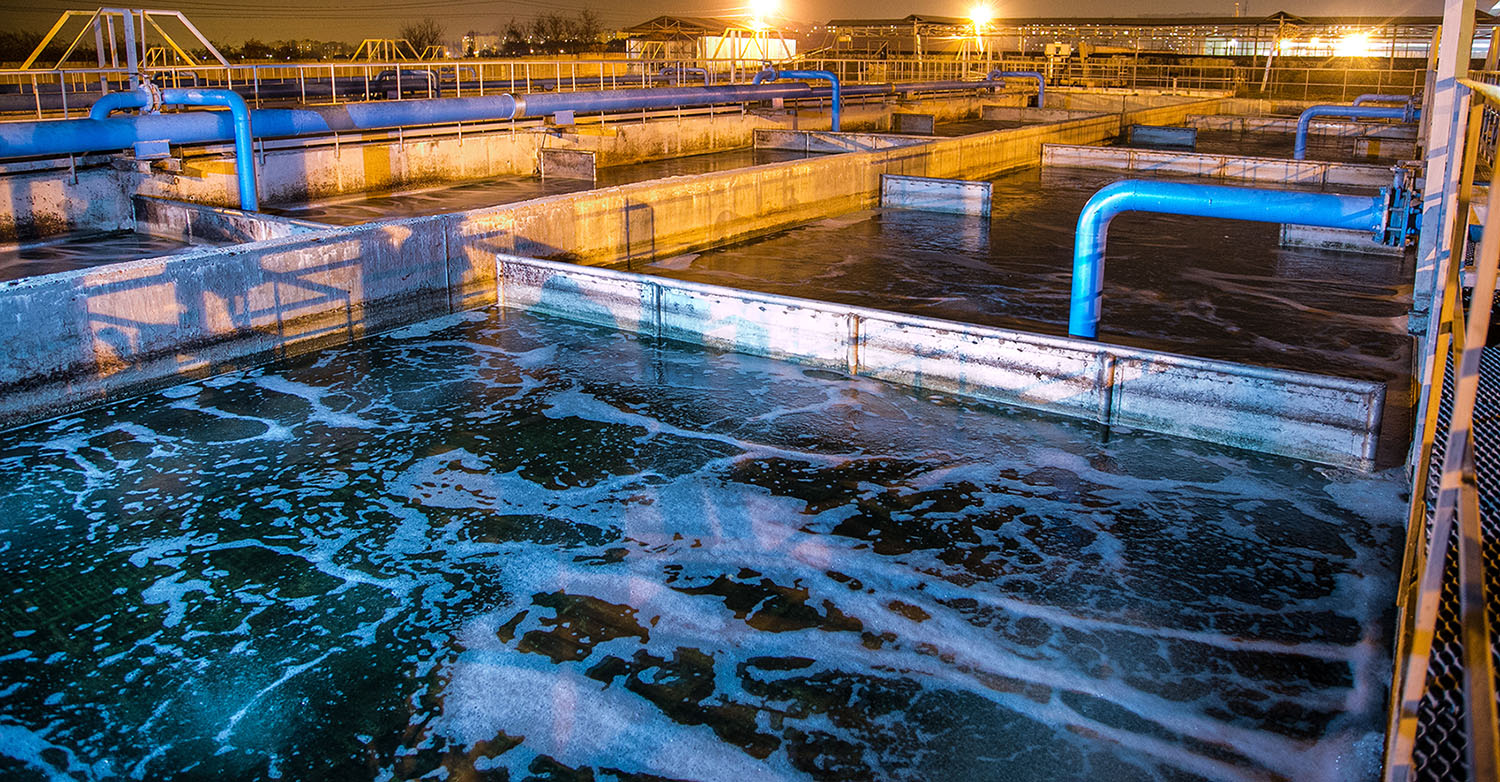Design-build infrastructure projects are growing in popularity for a reason: it’s a fast and efficient delivery method. But, like with any delivery method, there are pitfalls to design build: worker burnout and fatigue can be a significant risk.
The construction industry is rife with burnout and fatigue. A study from the National Safety Council in 2018 found “every Construction industry employee surveyed reported at least one risk factor for fatigue. Of those workers, 46% said they work during high-risk hours, and 77% said they have demanding jobs.”
Design-build projects are complex and demanding, requiring a significant amount of time, effort, and resources. It may not surprise you to learn that “construction is determined to be the most hazardous industry for burnout potential.” With tight deadlines, high stakes, and high stress, it is crucial to ensure that workers on design-build projects don’t burnout, which can negatively impact the quality of work, productivity, and overall project success. When deadlines are tight and the work is physically and mentally demanding, burnout can have a significant impact on project success by causing decreased job satisfaction, increased absenteeism, and turnover.
“If design-build continues growing at the same rate, it will account for $400 billion worth of work in the U.S. by 2025.”— study by the Design-Build Institute of America and consultant FMI
4 Ways to Prevent Burnout
1. Eliminate Rework
Avoiding rework on construction jobsites is crucial for several reasons. First and foremost, it helps to ensure that projects are completed on time and within budget. Achieving crucial deadlines keeps your team and stakeholders happy. Avoiding rework also reduces stress and frustration for workers, which can keep morale and productivity up. Taking proactive measures (having clear and well-documented workflows, for example) to avoid rework should be a top priority for design-build construction teams to maintain job satisfaction.
2. Foster a Positive Work Culture
Creating a positive work environment is crucial in preventing burnout. Encouraging open communication and providing opportunities for team building and recognition can create a sense of community among workers. This sense of community, within a positive work environment can reduce stress levels and keep your team members engaged in the task at hand.
3. Provide Adequate Training, Tools & Support
Provide workers with the tools and resources they need to be successful. This includes training, support, and access to technology and equipment. By helping your team do their jobs effectively and efficiently, you both get better outcomes and happier employees. Investing in training, tools, and support may seem expensive but the cost to retain and grow people is much lower than finding new employees, getting them trained up, and absorbing the secondary business costs that are associated with turnover.
4. Monitor Workload and Deadlines
Monitoring workloads and deadlines can help to prevent burnout by reducing stress levels. To do so, ensure you have visibility into how people are working and what they are committed to delivering. Reassessing and adjusting deadlines on a regular basis will help keep projections on track. Communicating updated expectations–both internally and to external stakeholders is key to building and maintain trust.
Design-build infrastructure projects are complex and demanding, and it is crucial to ensure that workers don’t burnout. It may sound costly and time-consuming to address burnout proactively, but turnover and reduced efficiency will cost more, in the long run. By avoiding rework, fostering a positive work culture, providing adequate training, tools, and support, and monitoring workloads and deadlines, organizations can prevent burnout and ensure project success.
Learn more about how high-performing teams are delivering design build infrastructure projects by listening to our on-demand webinar, “Driving Efficiency and Speed in Design-Build.” Hear from Matt Jones, Systems Engineer with the Louisiana Department of Transportation and Development and Brian Skripac, Director of Virtual Design and Construction at Design-Build Institute of America on how they improve communication for all stakeholders, increase transparency of the project while reducing risks and costs, and accelerate delivery using design build.



